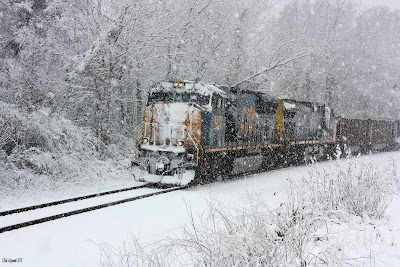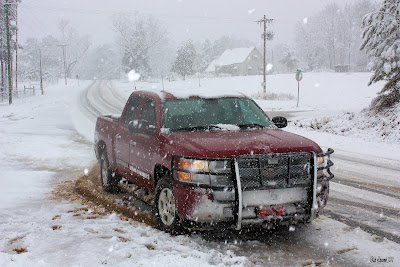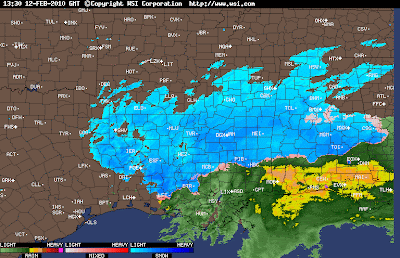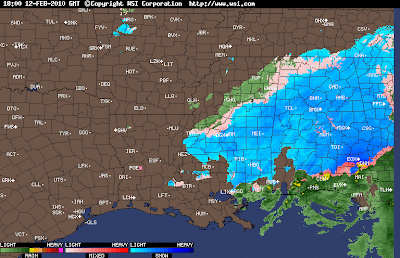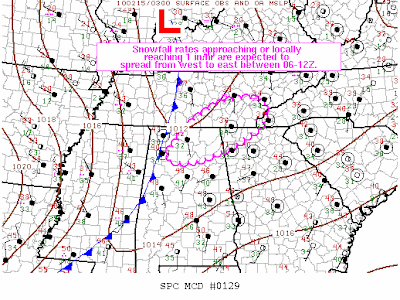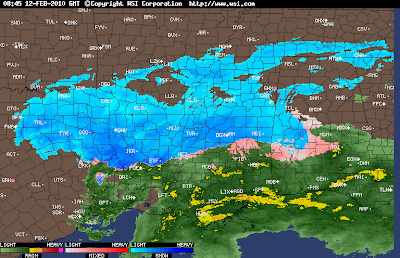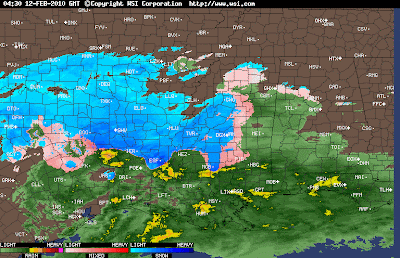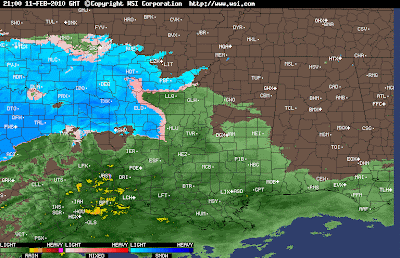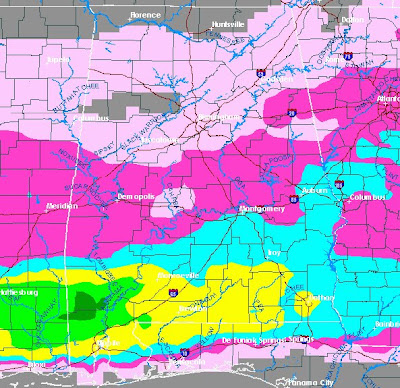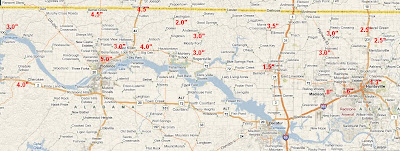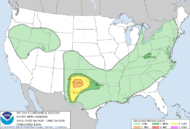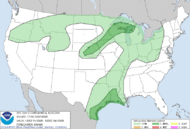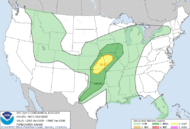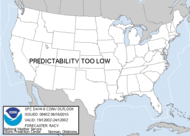
Friday concludes Severe Weather Awareness Week in Alabama. Friday's topic is NOAA Weather Radio.
NOAA Weather Radio is the voice of the National Weather Service, and is your fastest way to receive warnings in case of severe weather. During hazardous weather, normal broadcasts are interrupted for watches, warnings, and other important information, and many warnings are tone-alerted.
Please purchase and use a NOAA Weather Radio.
From the NWS Birmingham:
"...NOAA Weather Radio All-Hazards and the Emergency Alert System...
Severe Weather Awareness Week concludes today with a closer look at NOAA Weather Radio All-Hazards and the Emergency Alert System. NOAA weather radio is also known as the voice of the National Weather Service. NOAA Weather Radio All-Hazards provides continuously updated weather information, 24 hours a day, every day of the year.
National Weather Service personnel prepare weather information that is normally broadcast in three to five minute cycles. This information includes forecasts, warnings, current conditions, climate data, and other important information.
To receive broadcasts from the National Weather Service, a special radio capable of receiving signals in the very high frequency, also known as VHF, public service band is required. Nationally, frequencies from 162.400 to 162.550 megahertz are used for NOAA Weather Radio All-Hazards broadcasts. Alabama is served by 29 transmitters which cover approximately 95 percent of the citizens in Alabama.
NOAA weather radio is useful anytime, but it is most important during severe weather. When threatening weather develops, normal broadcasts are interrupted by important severe weather information. Watches, warnings, and statements are given the highest priority and are updated frequently.
In an emergency, each NOAA Weather Radio All-Hazards station will transmit a warning alarm tone signal followed by information on the emergency situation. This signal is capable of activating specially designed receivers by increasing the volume or producing a visual or audible alarm. Not all weather band receivers have this capability, but all radios that receive NOAA weather radio all hazards can receive emergency broadcasts. The warning alarm device is tested each Wednesday, usually between 11 am and noon, weather permitting.
A feature available in newer Weather Radio All-Hazards receivers is called "SAME" which stands for specific area message encoding. "SAME" technology allows radios to be programmed for the reception of watch and warning messages for certain counties in your area, without disturbing users for warnings outside of the programmed counties.
Local media outlets are urged to use NOAA weather radio for up to date weather information and may freely rebroadcast the NOAA weather radio all hazards transmission.
Another source of weather information is the Emergency Alert System, also known as EAS, which replaced the emergency broadcast system. The EAS is a system of communication links that utilize data in a digital form. It is a reliable means of linking the National Weather Service, emergency management agencies, and various broadcast media together. The EAS will help participating radio and television stations receive and relay weather warnings and other emergency information in a timely manner."
...





